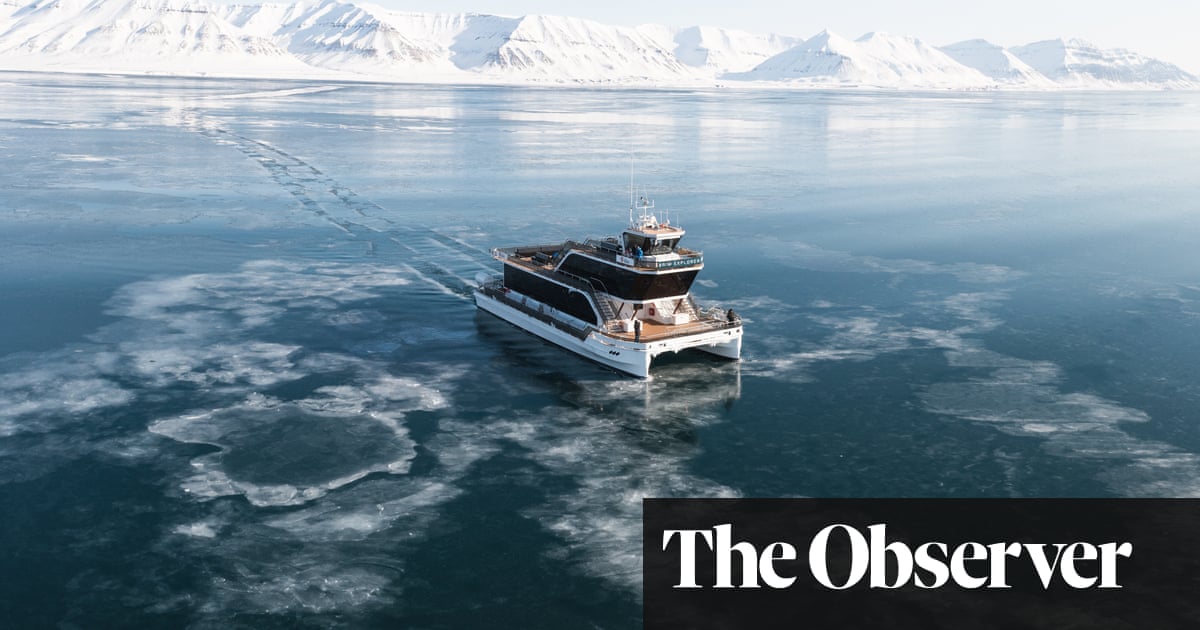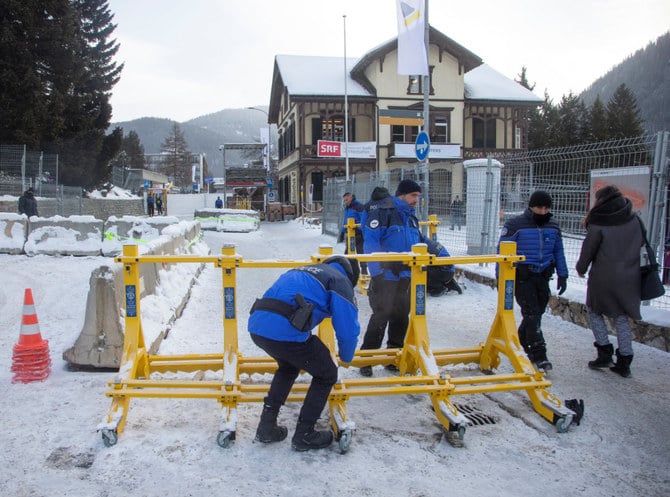
A family of “grolars” in Canada’s Arctic remains the only confirmed example of hybrid offspring between polar and grizzly bears, according to a new study which may provide some optimism for conservationists worried about the future of polar bears as a distinct species.
A team of North American researchers examined old bear samples collected between 1975 and 2015 using a newly developed tool to look for previously unknown examples of hybrid bears.
Their results, published this month in the journal Conservation Genetics Resources, found no new examples of crossbred polar and grizzly bears.
Polar bears (Ursus maritimus) evolved from grizzly bears (Ursus arctos horribilis) several hundred thousand years ago and remain so closely genetically related that they are able to cross-breed. Until recently their distinct ranges had kept the two species apart, though this is changing as climate change is shrinking the habitat of polar bears.
The researchers used a kind of glass slide smaller than a smartphone – named the Ursus maritimus V2 SNP chip – to analyse the DNA of 371 polar bears and 440 grizzly bears across Canada, Alaska and Greenland.
The only confirmed hybrid bears in the sample were already known to science and were all from a female polar bear born in 1989 who mated with two grizzly bears on multiple occasions and producing four offspring. One of her cubs also eventually mated with the same grizzly males, producing five more “grolars”.
The study’s results show that hybridisation remains rare, according to Ruth Rivkin, a postdoctoral research fellow at the University of Manitoba and one of the study’s authors, but she expected to see more examples in the future.
“It’s really important that we keep monitoring these polar bears so that we can see if hybridisation begins to ramp up,” she told CBC.
An increase in crossbreeding would be a concern for conservationists worried about hybrid beards being less well adapted to survive, or polar bears being bred out of existence.
“This report underscores that hybridisation is remarkably rare, and that hybridization is not an adaptive capability of polar bears,” said Geoff York, senior director of research and policy at Polar Bears International, who was not involved in the report.
A separate study published this month has warned that changing sea ice conditions are making it harder for polar bears to survive in their existing habitats.
The study published in Nature forecast that one community of polar bears in Hudson Bay could die out within a decade if thinning sea ice can no longer bear their weight.
With longer ice-free periods on this inland sea restricting the ability of bears to hunt, “extirpation for polar bears in this region may already be inevitable,” wrote the second group of researchers from the University of Manitoba.












